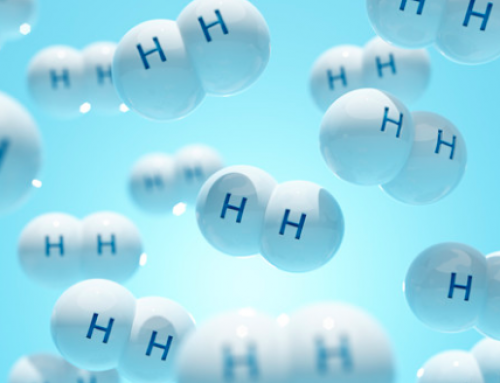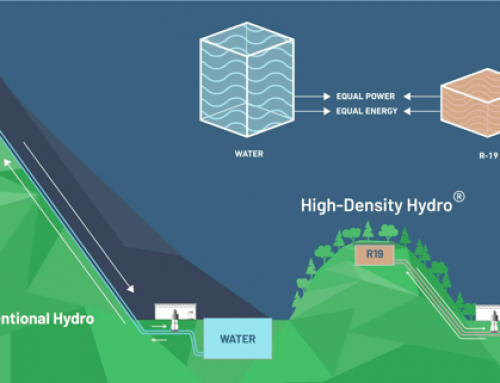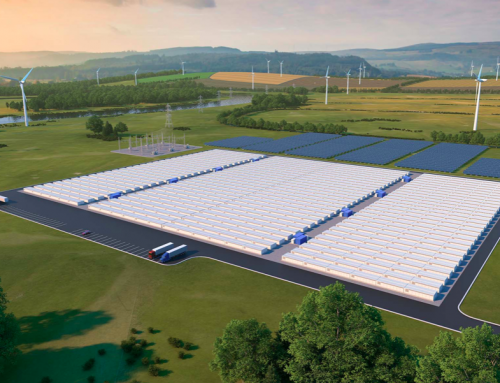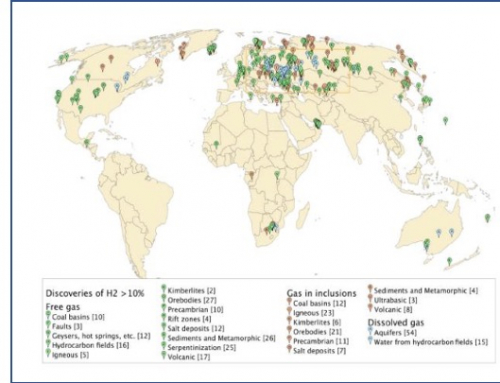By Julian Singer
Hydrogen is often considered as a means for storing electricity, using electrolysers to make the hydrogen and fuel cells to convert it back to electricity. However, there are two downsides to using hydrogen for storage: it has very low density, so that in practice you either need a large underground cavern or, on surface, you need to compress it significantly to keep a sufficient volume in a manageable container. This leads to the second concern, which is that compressed gasses are hard to handle. They also exacerbate the fear of leakage and combustion. Although hydrogen has been used safely for many years in several industries the public is more wary: the name recalls hydrogen bombs leading to fears that may be unjustified but certainly exist.
GKN Hydrogen propose a solution, which is to chemically combine the hydrogen with a metal such as Nickel or Sodium to form a solid that is stable and easily stored. Metal hydrides are extremely stable and do not leak hydrogen. They are sufficiently stable to be used for storing hydrogen in submarines. The hydride is clearly heavier than pure hydrogen, so is not appropriate for storage in land transport but is otherwise a possible solution[1].
The company offers storage systems in standard containers of different length (10 and 20 feet), which can be combined for larger installations. Each container has an electrolyser which uses the input electricity to generate hydrogen, which is then absorbed by the metal under pressure to form the metal hydride. Once there it can remain in place for the lifetime of the system (30 years) without loss. When required the pressure is lowered and the hydrogen released to generate electricity, as well as some heat. In larger systems the heat generated is captured and can be used externally.
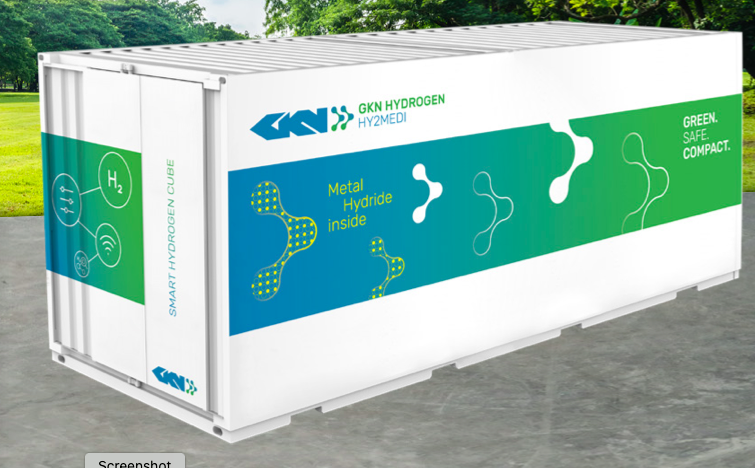
GKN Hydrogen’s HY2MEDI system (www.gknhydrogen.com)
The 20 feet HY2MEDI system can store up to 2 MWh of electricity and can discharge it at a relatively low maximum power of 14kW (19kW for short periods), but can do so for 6 days. This is very different to Lithium-ion batteries which can discharge at maximum power for only a few hours. The application will therefore be different, in fact the two may be complementary. The HY2MEDI can provide hydrogen and heat as well as electricity, if required.
GKN Hydrogen does not divulge much information on the working of its system, not even which metal is used. One key parameter of a storage system is the round-trip efficiency, which reflects how much energy is available from the storage system and not lost in the process. The round-trip storage efficiency of Lithium-ion batteries may be as high as 80 per cent. It is very unlikely that GKN Hydrogen’s system can match this as the maximum efficiency of fuel cells alone is not generally above 60 per cent.
When the company was launched as a separate part of GKN in 2021 it announced that it would produce 100 systems in 2022 and would be producing them at multiple sites around the world in 2023. There is of sign that this is happening. By the end of 2021 the company had 16 pilot projects around the world being used at various off-grid sites such as farms, but it is not clear how much it has progressed beyond this. In October 2022 it received global ISO 9001 certification.
GKN Hydrogen is based in Germany with branches in Italy and California, and is part of the GKN group, which is currently owned by Melrose Industries. Melrose has announced its intention of breaking up the group, with GKN Hydrogen joining the Automotive and Powder Metallurgy divisions in a new holding company separate from Melrose Industries called Dowlais. We await news on the de-merger and the metal hydrogen system.
[1] Although the metal Palladium can absorb up to 900 time its volume of hydrogen at room temperature and has been considered for storage on vehicles.


